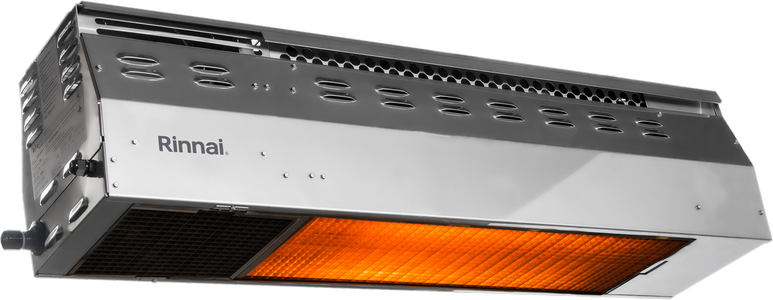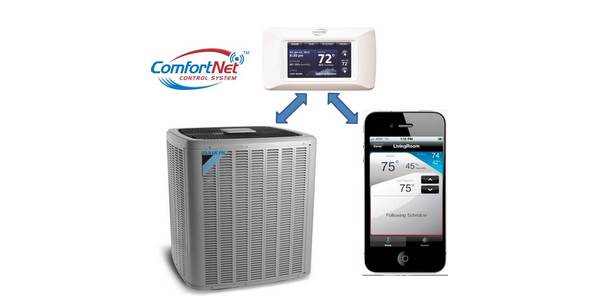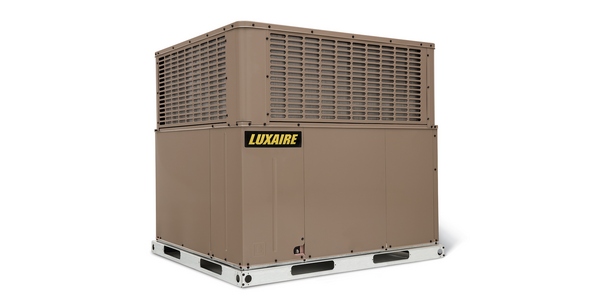ERV Systems to Reach Nearly $3B in Revenue by 2020
BOULDER, Colo. — An energy recovery ventilator is a type of heating, ventilation and air conditioning equipment that uses the energy associated with the thermally conditioned air being exhausted from a building to precondition the incoming air. ERVs, which offer many advantages for both improved indoor air quality and reduced energy consumption, are one of the fastest-growing segments of improved IAQ management in buildings. According to a recent report from Navigant Research, worldwide revenue from ERVs will grow from $1.6 billion in 2014 to $2.8 billion in 2020.
“Along with new standards and regulations, the heightened sensitivity to how the health and comfort of office workers affects productivity is driving increased acceptance of IAQ technologies in more buildings,” says Benjamin Freas, research analyst with Navigant Research. “ERVs are growing in popularity because they provide energy-saving benefits without sacrificing IAQ.”
Other IAQ technologies that are experiencing strong growth, according to the report, include carbon dioxide sensors, demand-controlled ventilation, dedicated outdoor air systems and ultraviolet irradiation to eliminate microbes. Revenue for the overall IAQ market is projected to increase from $3.3 billion in 2014 to $5.6 billion in 2020, expanding at a compound annual growth rate of 8.8 percent over that period.
The report, “Indoor Air Quality Monitoring and Management in Smart Buildings,” provides a comprehensive, global look at the state of the various IAQ-related technologies currently available and being used in both new and retrofit applications. Revenue forecasts, segmented by technology, building type and region, extend through 2020. The report includes a detailed look at the market drivers and barriers, technology issues and key standards for IAQ systems, and profiles key industry players.
An executive summary of the report is available for free download on the Navigant Research website.




